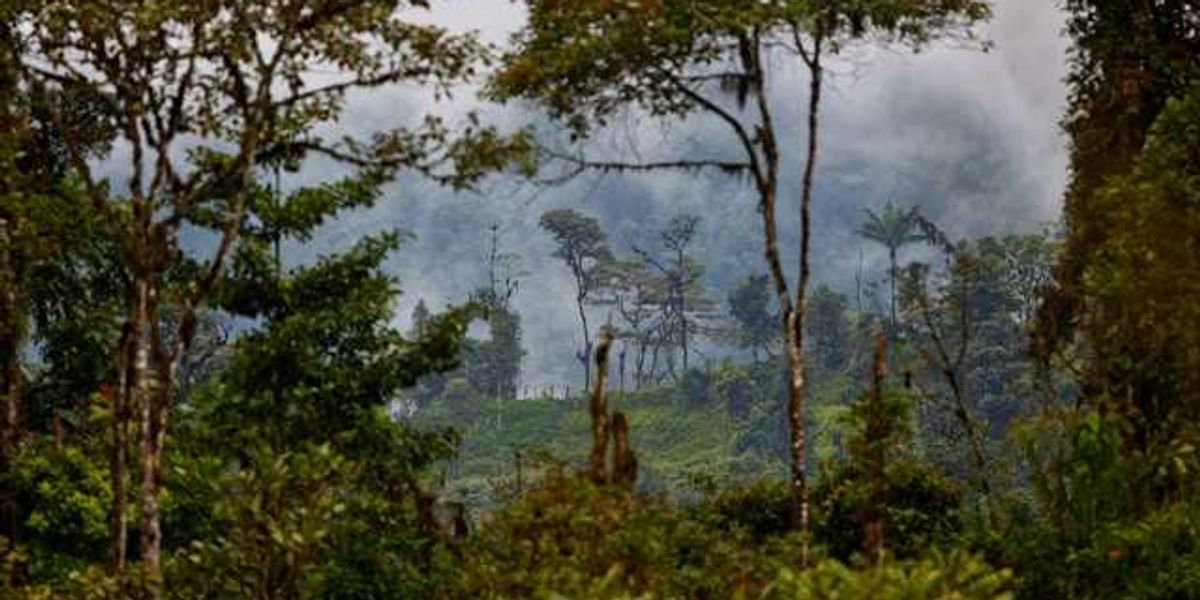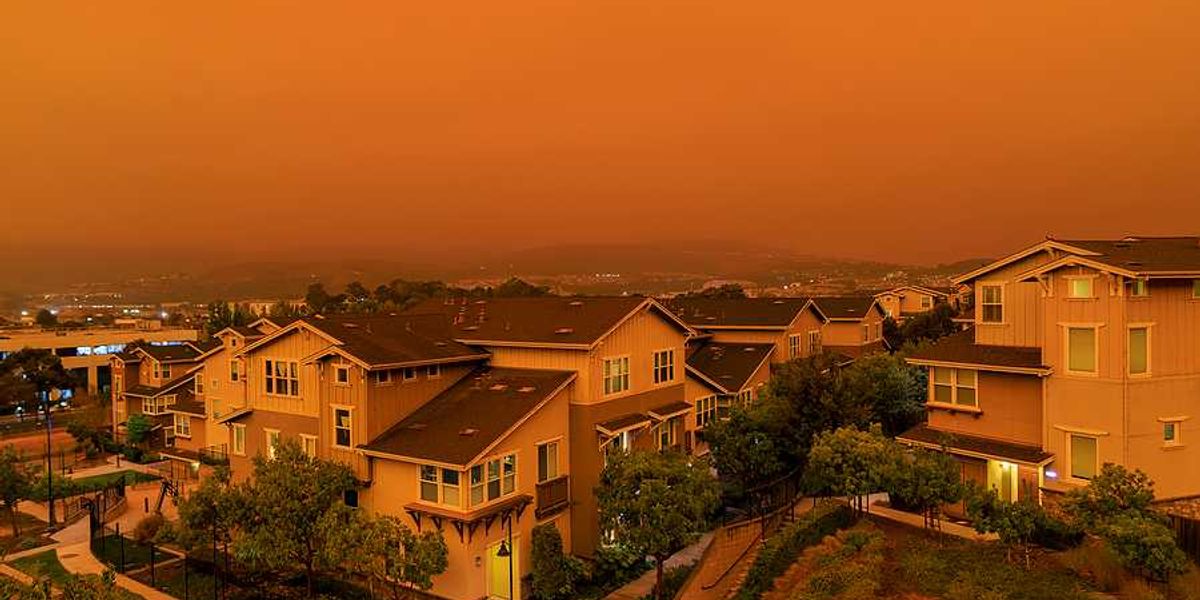
Extreme heat is quietly rewriting the way our brains function
As the planet heats up, scientists are uncovering disturbing links between rising temperatures and how our brains behave, from seizures to stroke and sleep loss.
Theres Lüthi reports for the BBC.
In short:
- Neurologists are warning that heatwaves worsen conditions like epilepsy, dementia, and stroke, especially in older people and those in low-income communities, and that even people without pre-existing conditions may be affected as the climate crisis deepens.
- Kids like Jake, who have neurological conditions such as Dravet Syndrome, are experiencing more frequent and dangerous seizures as summers grow hotter.
- Researchers also warn that heat is warping our sleep, boosting irritability and depression, and weakening the brain's defenses, potentially letting viruses and toxins through and raising the long-term risk for cognitive and neurodegenerative disorders.
Key quote:
“What we're seeing today in people with neurological disorders could become relevant for people without neurological disorders as climate change progresses.”
— Sanjay Sisodiya, professor of neurology at University College London
Why this matters:
A hotter world is messing with how humans think, sleep, and function. The impacts of extreme heat on brain health could accelerate mental health crises, neurological disorders, and deepen health inequities across the globe. People are already feeling it in their sleep, or lack of it—restlessness, irritability, a creeping sense of malaise. And while headlines often focus on floods, fires, and heat domes, there’s an equally urgent threat unfolding quietly in the dark: the destabilization of humans' inner climate control system.
Read more:













